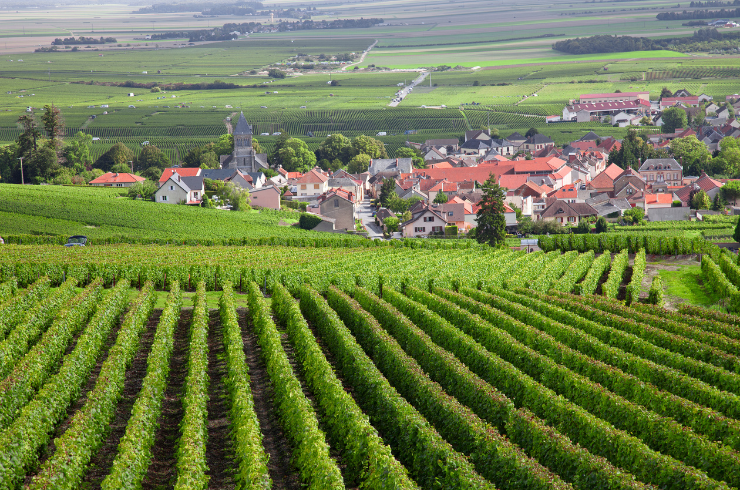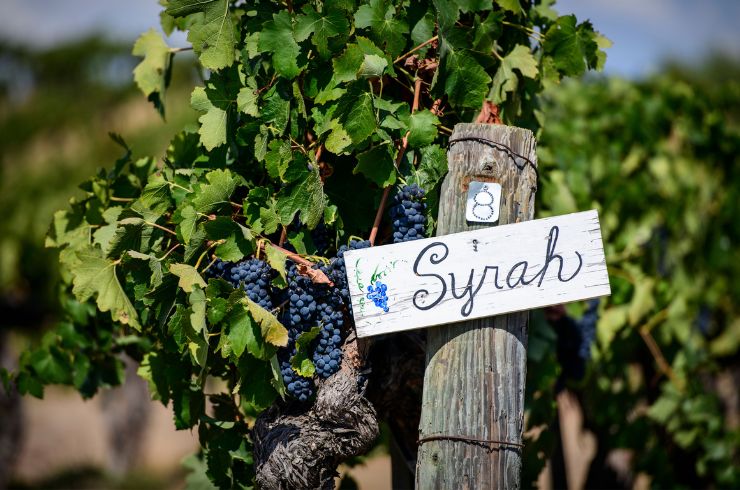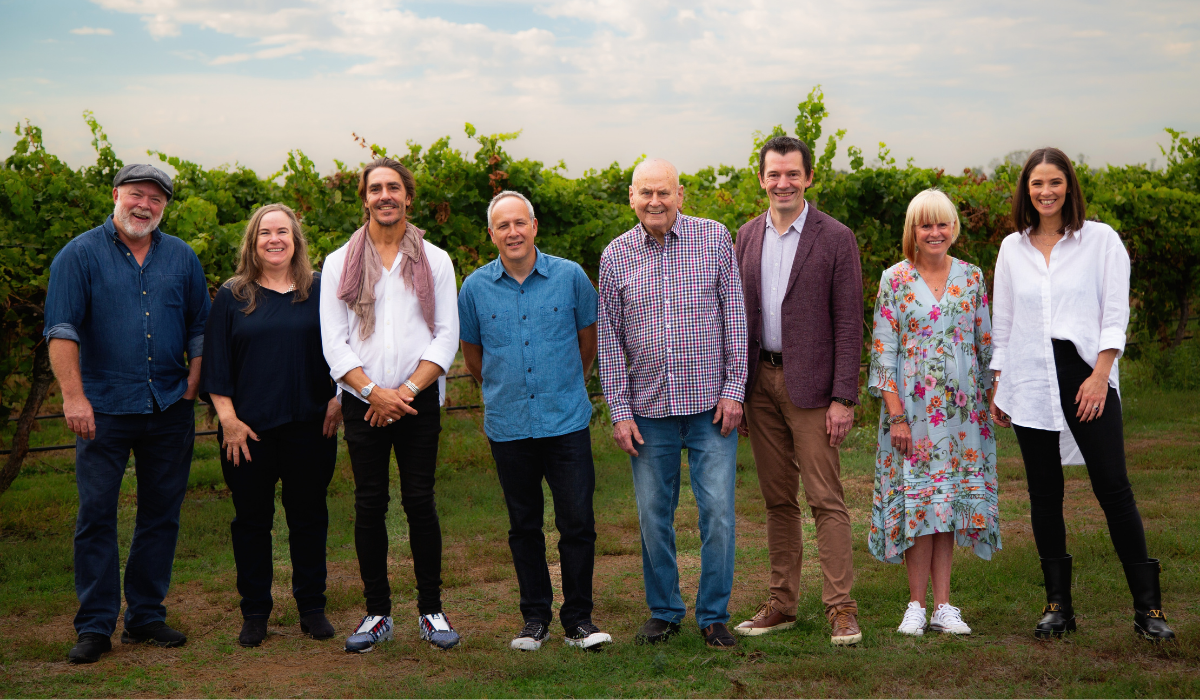
The judging of the Halliday Awards is a highlight of the tasting cycle for our Tasting Team each year, and there was tremendous expectation and anticipation when we gathered last week in the midst of harvest at Mitchelton Wines.
Determining the category winners by group consensus rather than individual opinion was a new development that I introduced last year as part of our evolution toward a more integral role for the Tasting Team.From a total of more than 8000 wines tasted for the 2023 Wine Companion, each of eight judges put forward their top one or two wines in each of 18 varietal and stylistic classes, which we lined up and tasted back-to-back over three incredible days of judging.
This is not only the ultimate taste-off for the best wines of the year, it’s also an invaluable benchmarking opportunity for each judge to compare the top wines of their regions with every other highlight across the country.
The exceptional and cool 2021 harvest put forward every one of 11 finalists from 10 regions for our riesling class. At the end of the flight we looked up at each other across the tasting room, and Jeni Port exclaimed what a joy it was to taste what proved to be the standout flight of the week, and the only category to put forward two very different wines as joint winners.
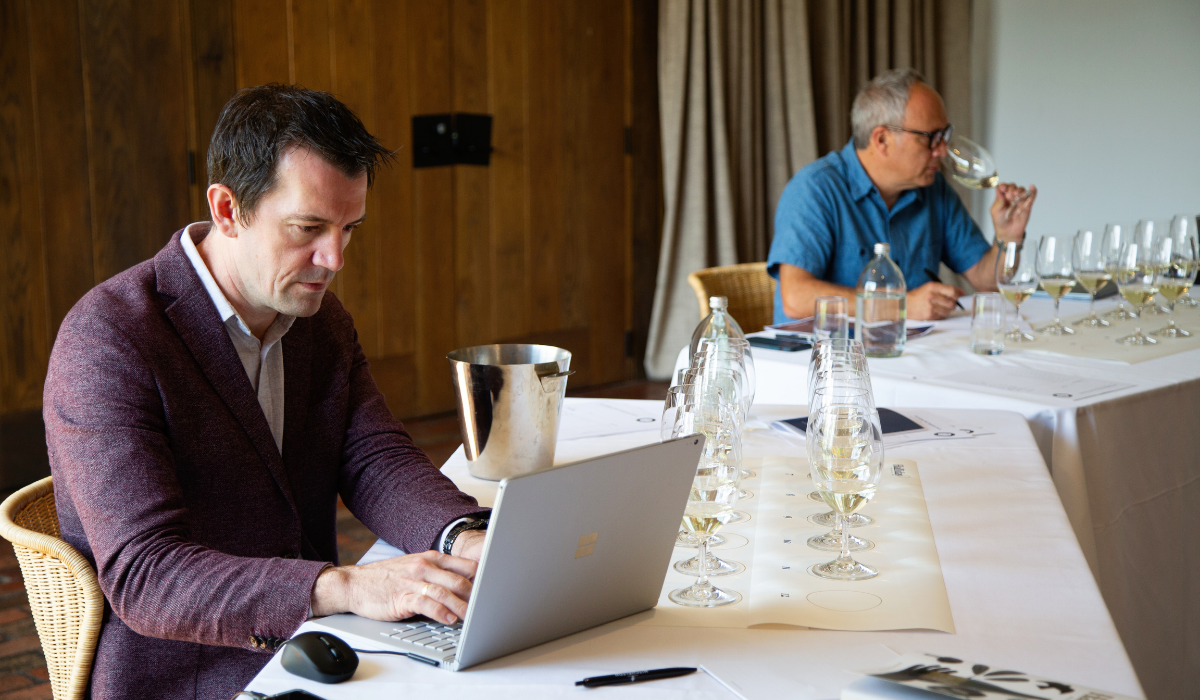
Chardonnay is arguably Australia’s strongest suit on the international stage, and personally my favourite flight of the week – I scored seven of the 11 shortlisted at 96, 97 or 98 points!
Cabernet and its blends again put forward some of the most spectacular red wines this year. Shiraz was predictably strong and diverse, as always across the vast contrast of Australia’s varied regions. Grenache stepped forward as the standout of the smaller classes, demonstrating emphatically the pedigree and potential of this variety in both our cooler and warmer regions.
Each member of the tasting team naturally tastes differently, and consequently there is wide diversity across our scores. This is why we always feature the name of the taster when we publish our scores. The score for each wine is an individual score from that taster, not a group score. Our winning wines in each category represent a group collaboration, and for this reason will not always represent the highest scores in each category. Like last year, we resisted the temptation to artificially inflate the scores of winning wines, so as to uphold consistency in the scoring of each taster within each region and style.
Last year we judged the Halliday Awards with the wines revealed, with all the detail of viticulture and vinification before us. This year we judged blind. There are advantages in assessing a wine in the context of its pedigree, style, region, vintage, producer, method, terroir, etc. There is also great benefit in assessing on nothing but the wine in the glass. Which is best? We’ll let you be the judge when the results are announced on August 3.
Each member of the tasting team naturally tastes differently, and consequently there is wide diversity across our scores. This is why we always feature the name of the taster when we publish our scores. The score for each wine is an individual score from that taster, not a group score. Our winning wines in each category represent a group collaboration, and for this reason will not always represent the highest scores in each category. Like last year, we resisted the temptation to artificially inflate the scores of winning wines, so as to uphold consistency in the scoring of each taster within each region and style.
Last year we judged the Halliday Awards with the wines revealed, with all the detail of viticulture and vinification before us. This year we judged blind. There are advantages in assessing a wine in the context of its pedigree, style, region, vintage, producer, method, terroir, etc. There is also great benefit in assessing on nothing but the wine in the glass. Which is best? We’ll let you be the judge when the results are announced on August 3.
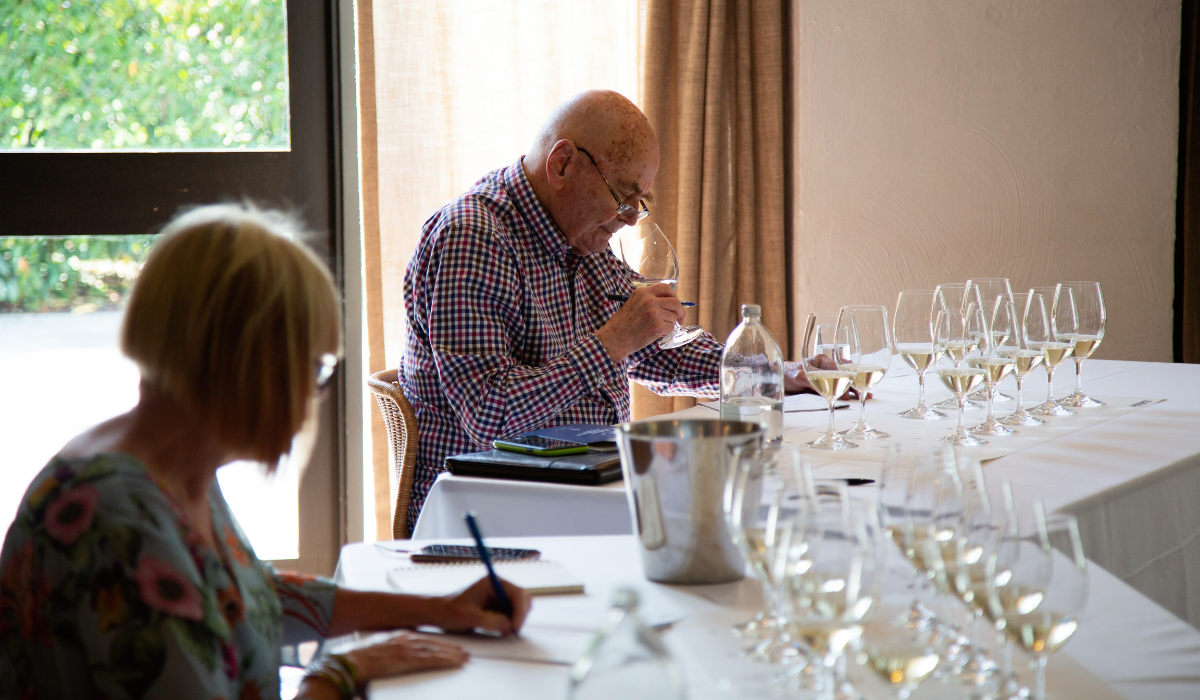
To be among the first to receive news of the 2023 Halliday Award winners, including Wine of the Year, sign up to become a member.
Latest Articles
-
News
The power of perspective: Ryan Ponsford's Entropy
2 Dec 2025 -
Events
Halliday Wine Academy: Wine Immersion Tours
30 Nov 2025 -
Travel
Scenic's Southern France and Bordeaux river cruises are tailor made for wine lovers
30 Nov 2025 -
News
What’s in a name? The etymological origins of popular grapes.
30 Nov 2025

